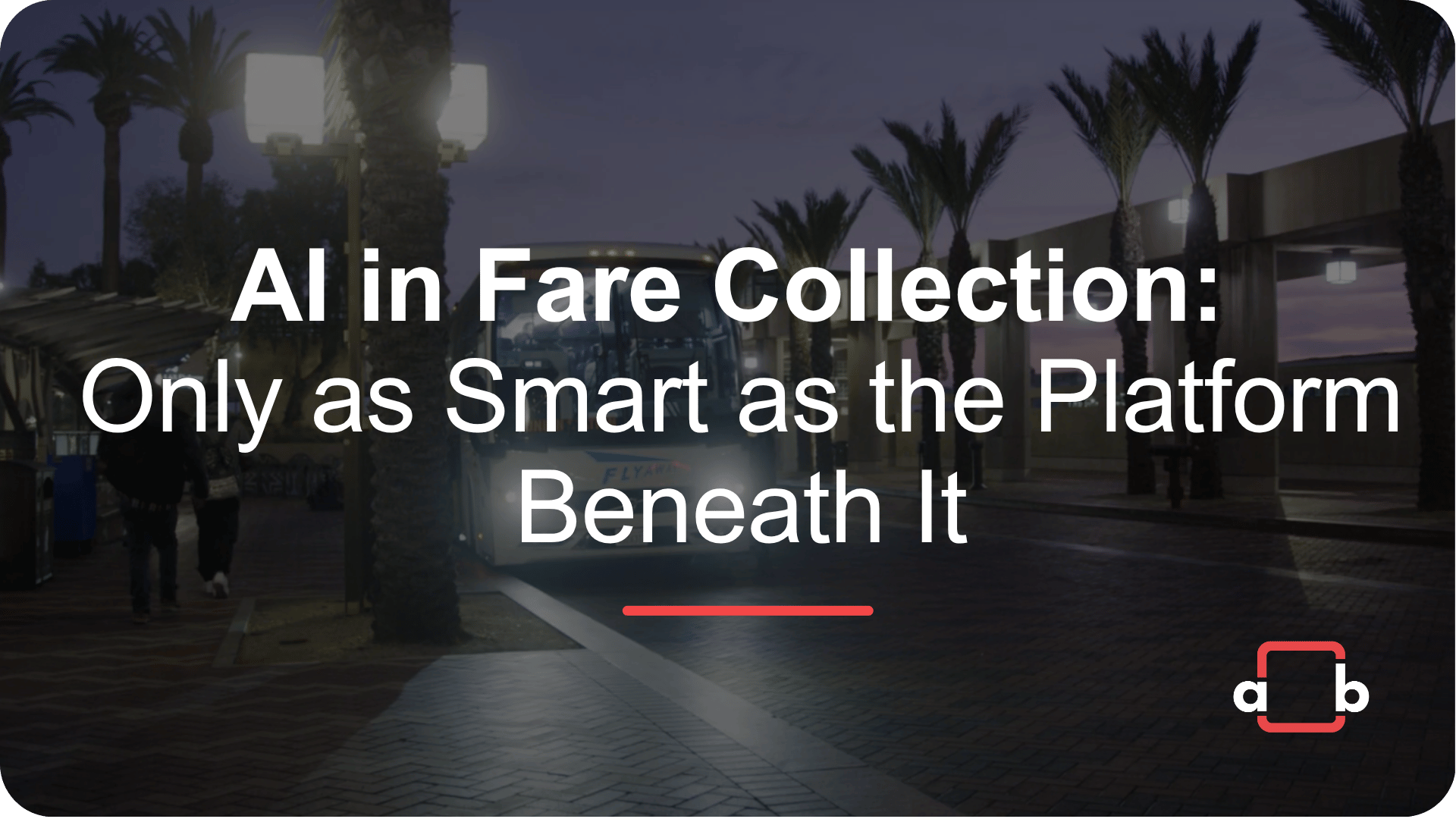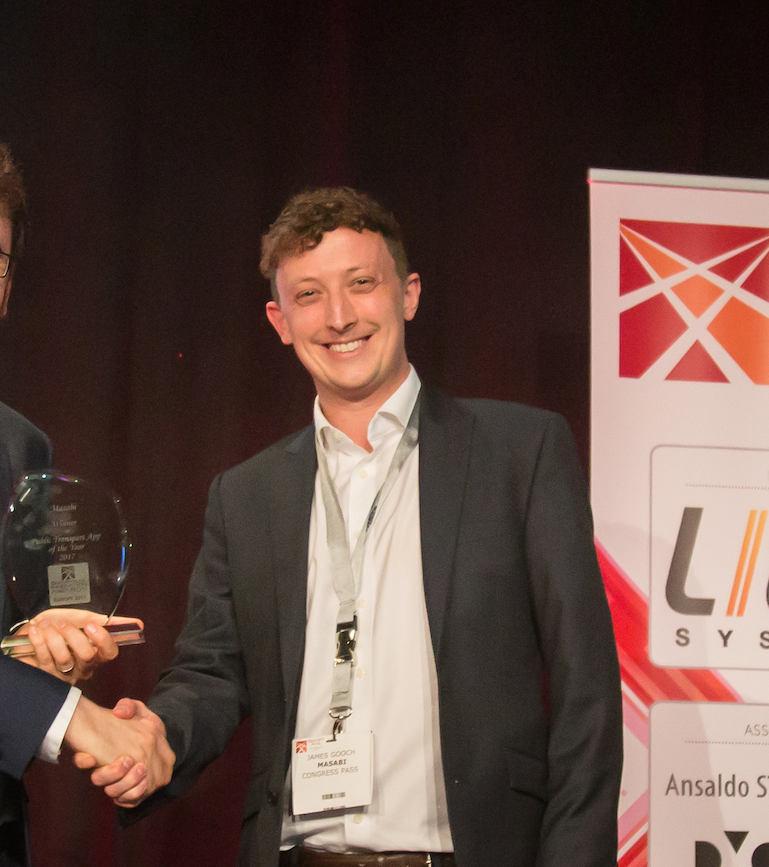We talk a lot about AI these days, and with good reason. The potential is huge. AI can analyse data faster than any human, uncover patterns, automate tasks, and deliver personalisation at scale. But here’s the catch: without the right foundation, AI doesn’t deliver much at all.
At Masabi, we believe the true power of AI in transit comes when it’s embedded into a modern, cloud-native SaaS platform. That’s when AI stops being a buzzword and starts driving real, measurable value for agencies and riders.
SaaS + AI = Where the Magic Happens
AI doesn’t operate in a vacuum. It needs data, scale, and the ability to adapt. But traditional transit systems, particularly those built through Design-Build-Operate-Maintain (DBOM) models, don’t allow for that. They're locked in time. You specify every detail, build it once, and then live with it for years.
AI can’t learn or evolve in that kind of environment.
A SaaS platform, on the other hand, is built to change. It’s modular, continuously updated, and designed to get smarter with every interaction. That’s what makes it the perfect home for AI, and why we’re building intelligence into the core of Justride.
Smarter Fare Collection for Everyone
When fare rules change, agencies need tools to model the impact and test different outcomes. When fraud happens, the system needs to learn and adapt instantly. When passengers have questions or need support, they should get personalised, instant help, not a generic response.
These are just a few of the opportunities AI opens up, and in a SaaS world, every new use case helps improve the platform for everyone.
That’s a key benefit of SaaS: shared innovation. When one agency trains a fraud model or optimises a fare rule, those insights (anonymised and secure, of course) help improve the system for all other agencies using the platform. It’s a network effect, and it’s one of the biggest untapped advantages for public transport technology.
Procurement Can’t Be a Bottleneck
There’s another challenge we don’t talk about enough: speed. Transit agencies operate in a world of slow procurement and long contract cycles. But AI moves fast. The value it creates depends on being able to learn and iterate, not waiting years for a system refresh.
With SaaS, AI improvements can be rolled out regularly across the network. You don’t need to re-specify or re-procure them. You just benefit from a platform that’s getting smarter all the time.
That’s why we believe agencies should start requiring continuous innovation in their procurement, not just today’s requirements, but the ability to evolve with tomorrow’s needs.
.png?width=1920&height=1080&name=RTC%20image%20(1).png)
The Future of Fare Collection Isn’t Just Smart, It’s Shared
AI will shape the next decade of mobility. But it’s not just about algorithms or models. It’s about architecture. And the architecture that delivers the most value, the one that unlocks shared intelligence, rapid learning, and meaningful results, is SaaS.
This is the future we’re building at Masabi.
- A future where fare engines understand your policy goals.
- Where rider behaviour can be nudged through personalised pricing.
- Where customer service gets faster, better, and more human.
- Where every agency, no matter its size, benefits from the collective insight of the entire network.
That’s what happens when AI is embedded into a SaaS platform designed for public transit.
If you’re thinking about your AI strategy or wondering where to start, we’d love to chat and share what we are building.
Because the future is coming fast, and with the right foundation, it’ll be smarter, more agile, and better for everyone who depends on public transport.


